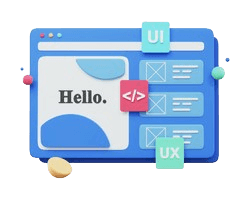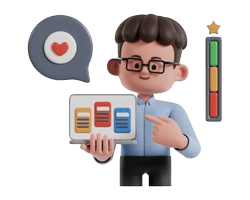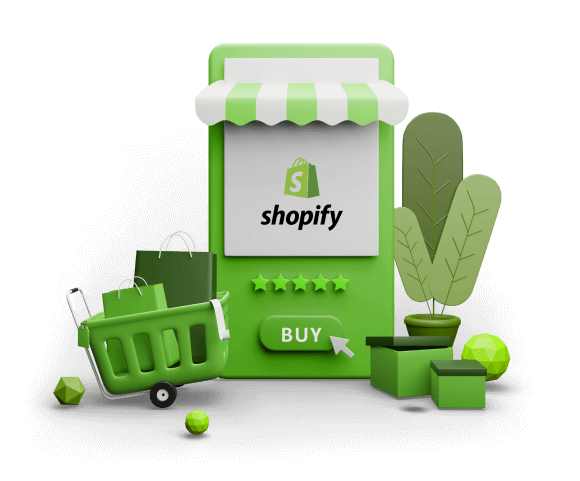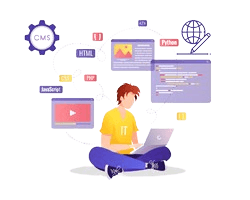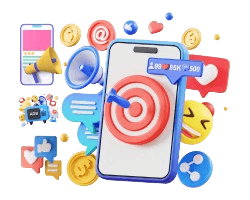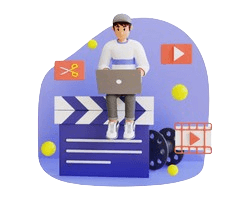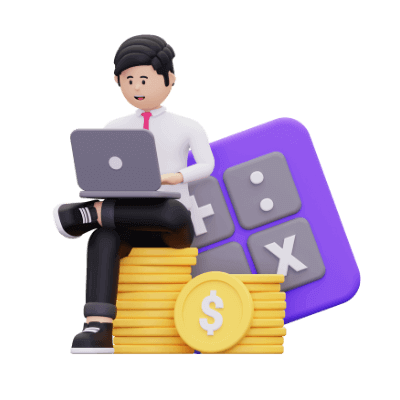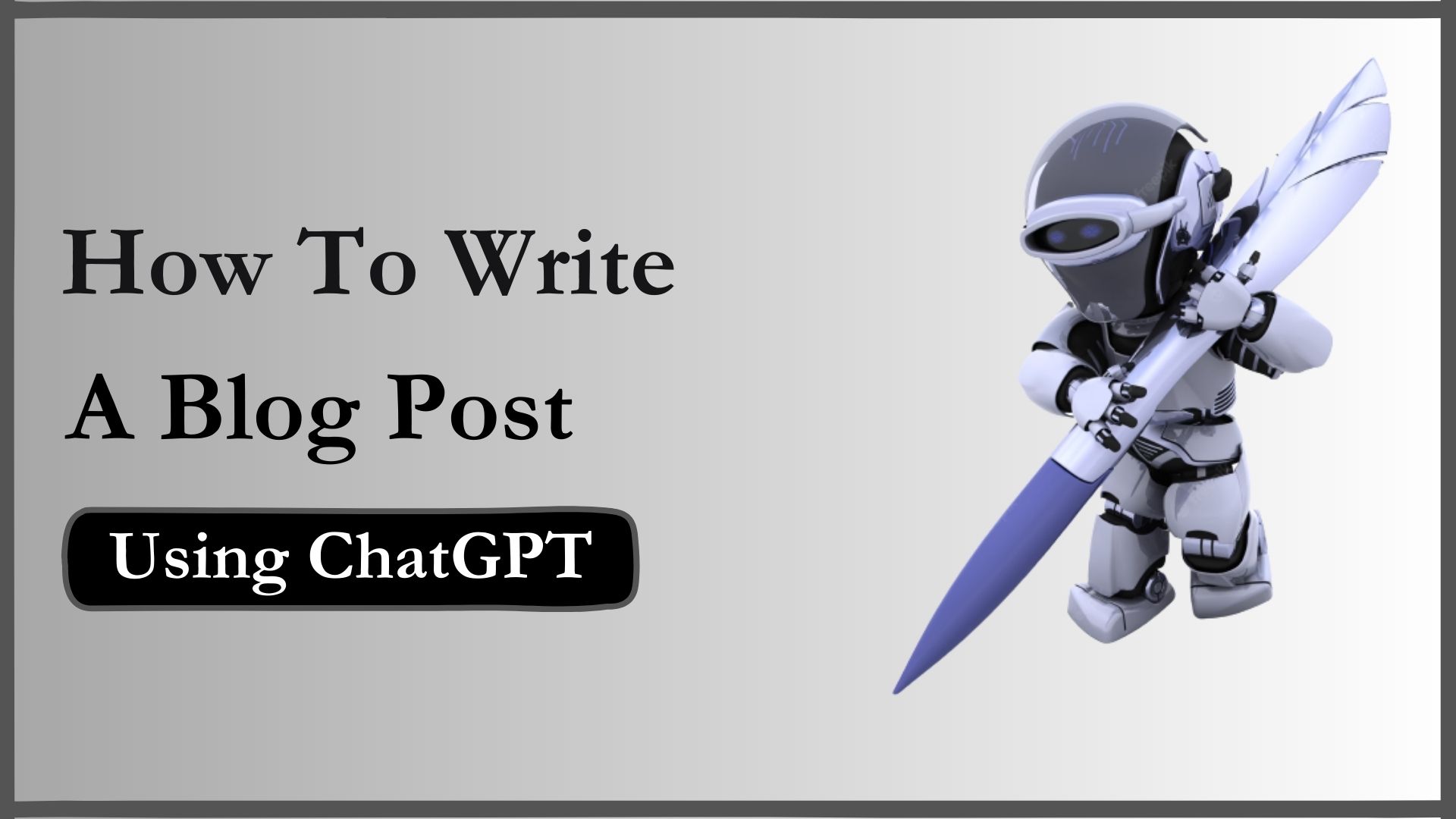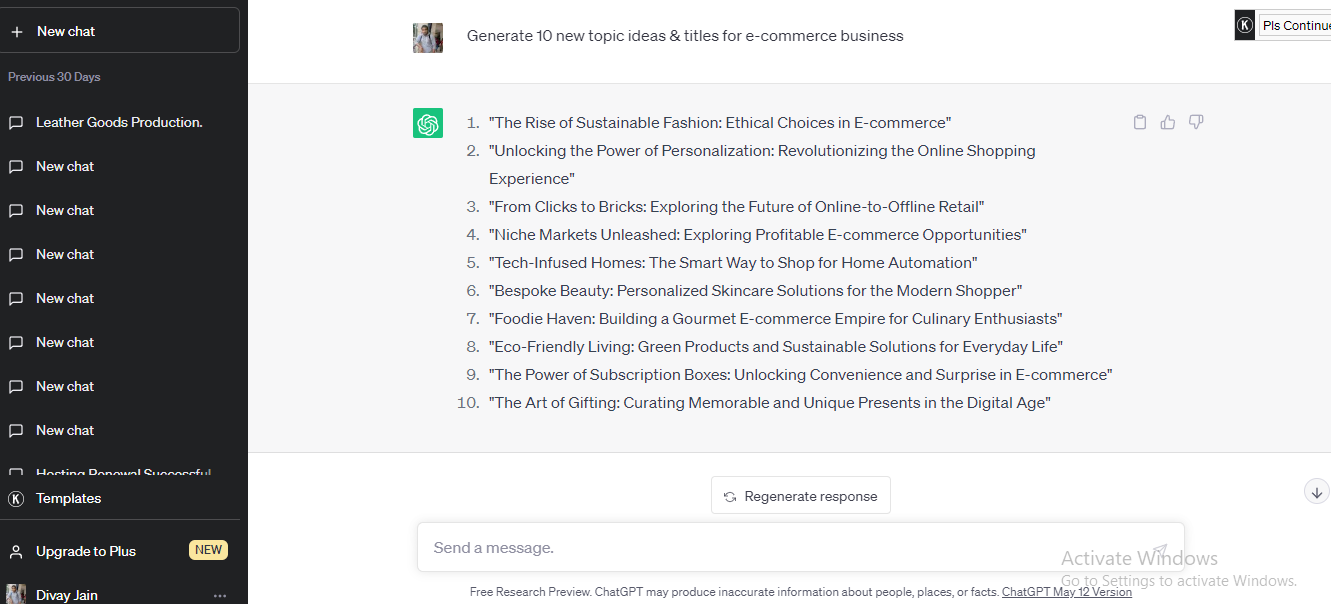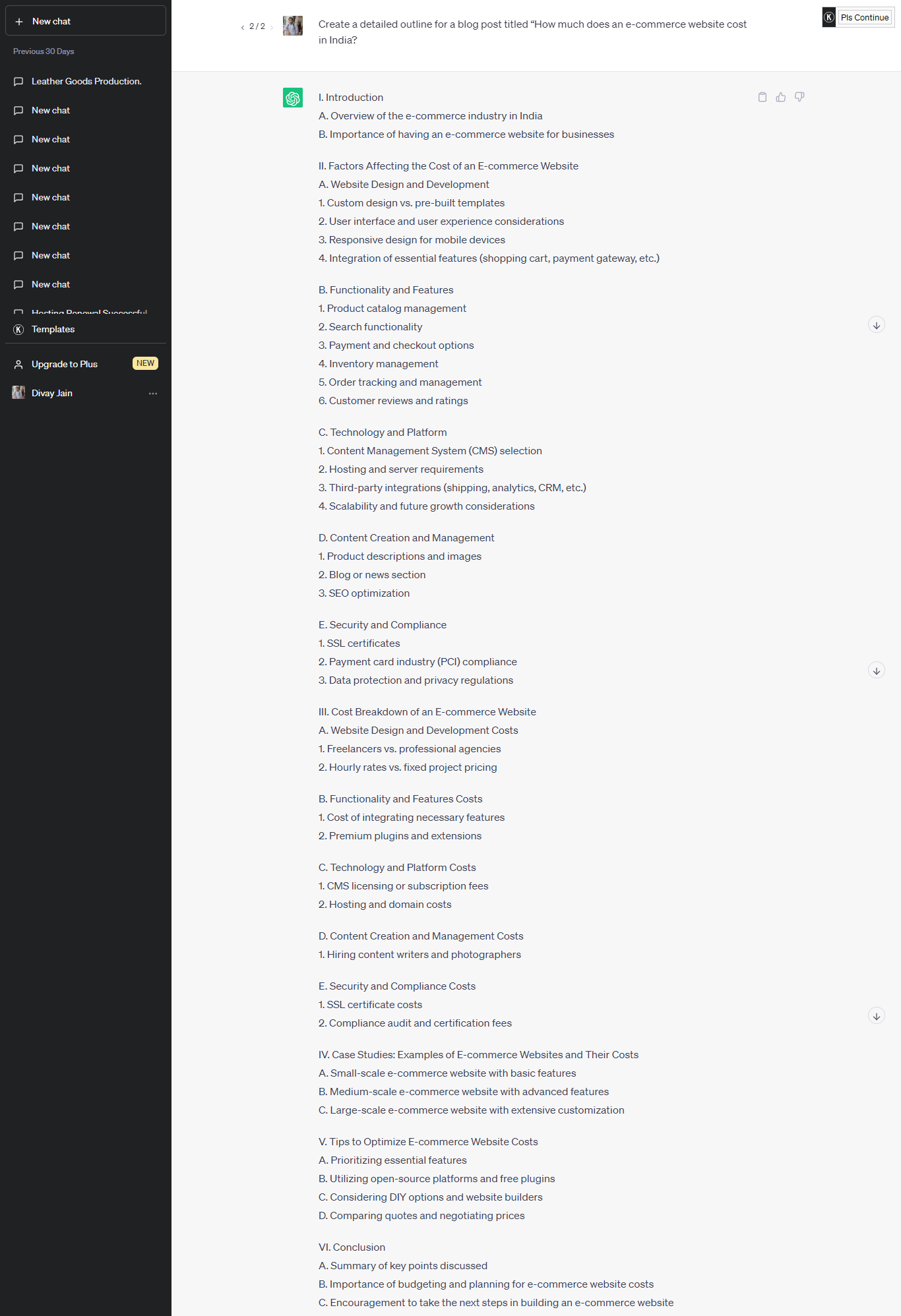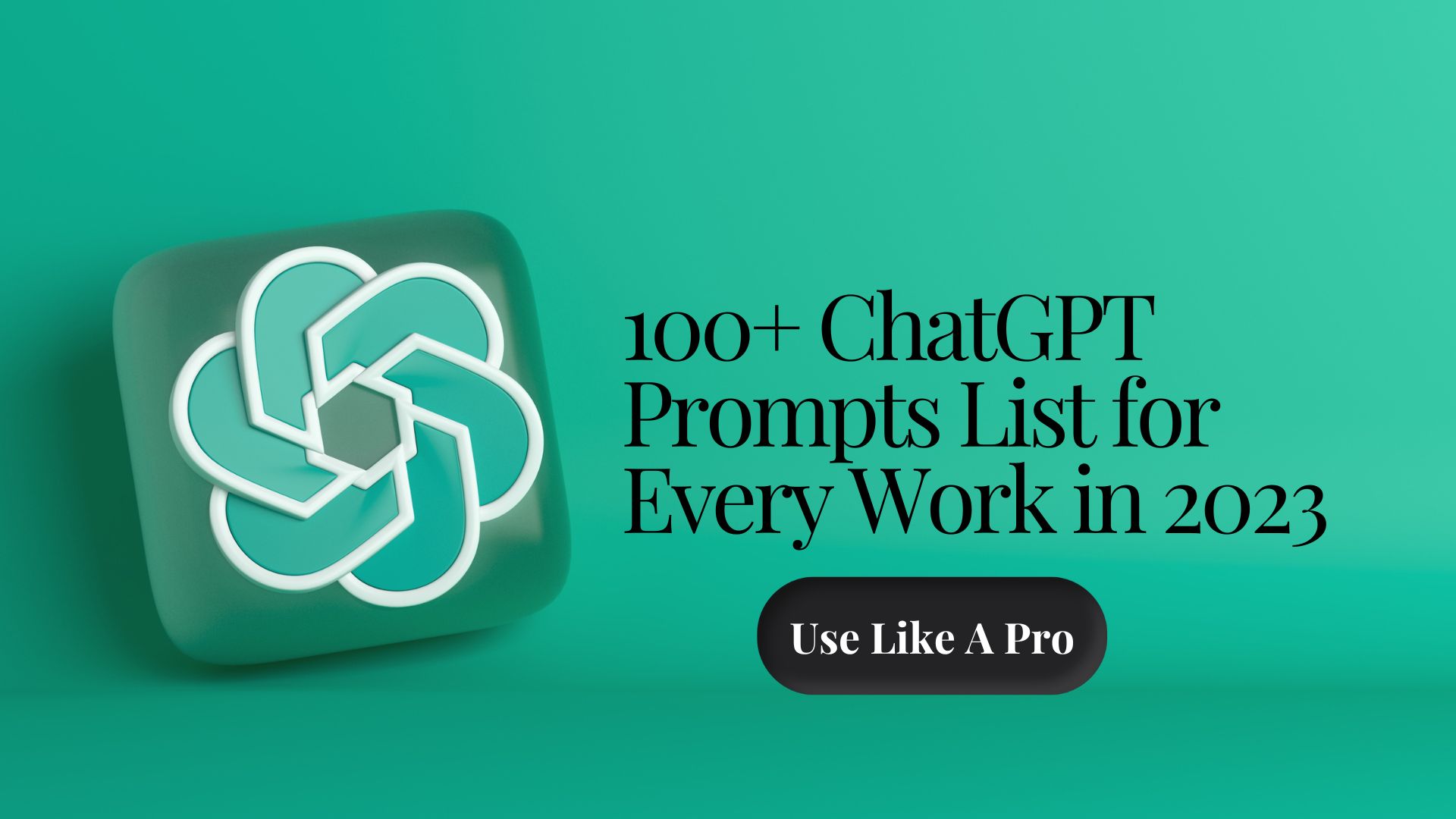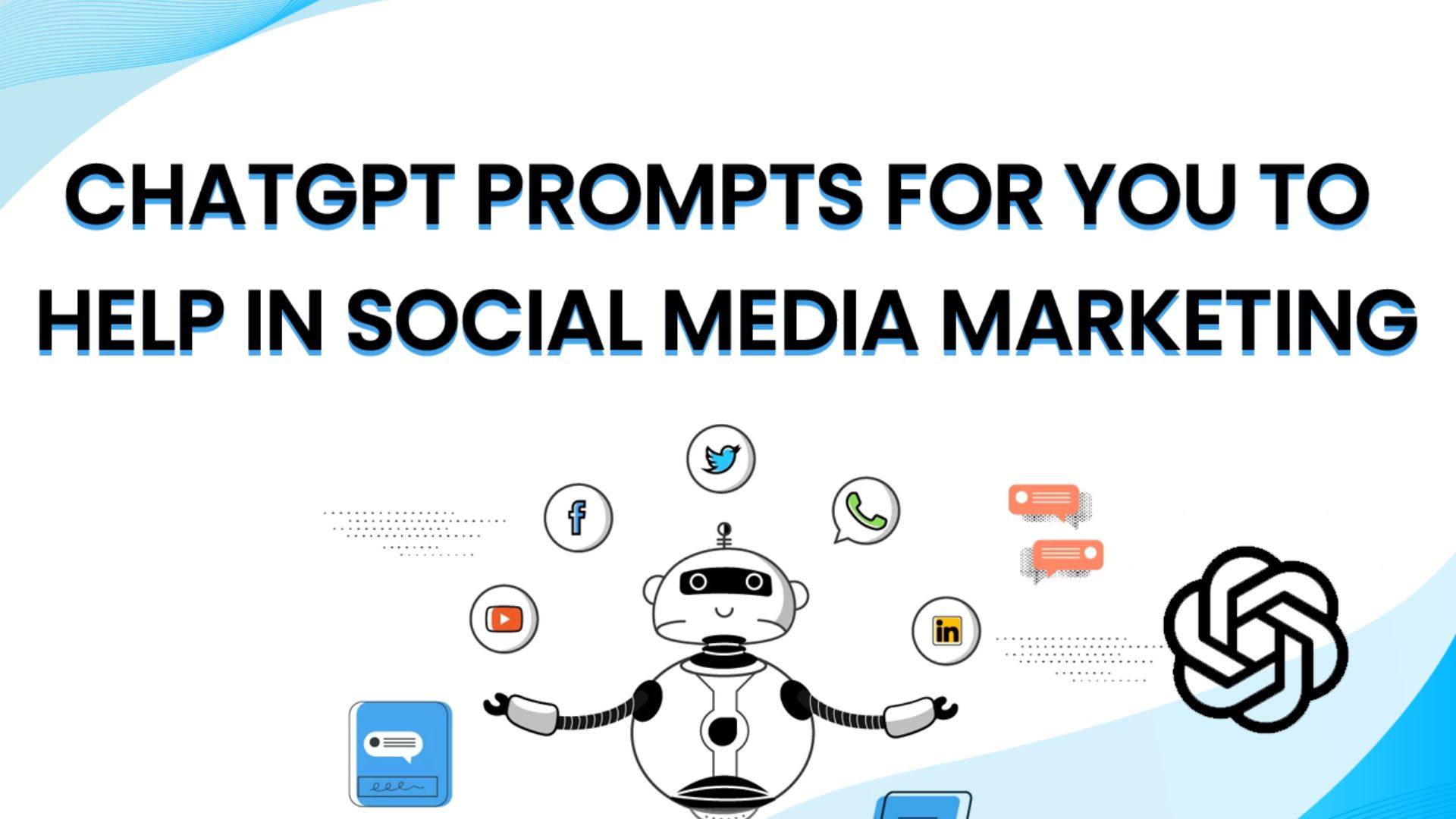Unveiling the Power of ChatGPT: Exploring its Functionalities, Mechanisms, and Popularity
ChatGPT has been a hot discussion topic in the tech world since its origin in 2018. It’s a revolutionary artificial intelligence system that uses deep learning techniques and generates human-like responses, understand the context, and engages in meaningful conversations.
In this article, we aim to provide you with comprehensive information about this exciting tool. We will delve into its functionalities, shed light on its operational mechanisms, and explore the reasons behind its immense popularity. Additionally, we will walk you through its key features to help you harness its full potential for crafting engaging and captivating blog posts.
If you're eager to learn more, let's jump right into the details!
What is Chat GPT?
ChatGPT is an AI tool powered by Open AI’s GPT-4 model, an acronym for Generative Pre-trained Transformer 4. This state-of-the-art AI technology boasts an impressive capability to comprehend user queries and provide responses with exceptional precision and speed.
It excels at comprehending language variations and producing well-organized, detailed text. It undergoes training on diverse text sources, including books, articles, and websites, allowing it to develop a powerful understanding of grammar, vocabulary, and common language patterns.
Potential Challenges & Constraints of ChatGPT
ChatGPT poses certain challenges and constraints, including potential inaccuracies, lack of contextual understanding, overconfidence in responses, sensitivity to input phrasing, possible inappropriate or biased outputs, limited access to real-time information, and ethical considerations. Being mindful of these limitations is important for using ChatGPT effectively and responsibly.
It's important to note that ChatGPT's knowledge is based on pre-existing data up until September 2021, and it does not have real-time information or internet browsing capabilities. While ChatGPT strives to provide accurate and helpful responses, fact-checking and independent verification are encouraged.
Although ChatGPT is a great option for creating conversational chatbots and automated dialogues efficiently, its limited flexibility can potentially restrict its overall usefulness.
How to use ChatGPT to write a blog post?
Writing a blog post is one of the expertise of ChatGPT, but it’s not that easy. You can’t just create a blog post simply by clicking on a button. You need to give a brief description and a detailed view of the topic.
And of course, you always need to add a human touch in order to teach creativity and original ideas. ChatGPT can be used to write every part of the blog post when properly guided by a human.
If you’re planning to write a blog post using ChatGPT, we have some advice on how you can make the best of it. Here's a step-by-step guide on how you can do it:
Generating Topic Ideas and Catchy Titles
Let ChatGPT do the brainstorming on choosing the best blog topic ideas on your behalf. It offers a quick and convenient way of generating relevant topics and title suggestions. To get started, you must create a free account with OpenAI. There is a paid version available, too—ChatGPT Plus.
In this guide, we are going to use ChatGPT free version, you can use any other one.
While assigning a task to ChatGPT, always make sure to give a perfect brief on what you want. For example: “Generate 10 new topic ideas & titles for e-commerce business”.
If you don’t find the suggestions helpful, you can always regenerate the new responses and provide another brief to generate the outcomes accordingly.
Utilize ChatGPT for Crafting a Strong Outline
It simply means using the capabilities of an AI model to generate, refine, and structure ideas systematically. ChatGPT, being a powerful language model, can assist in brainstorming, organizing, and enhancing the outline creation process.
Doing this manually can be a time-consuming task, but after using ChatGPT it can save you hours. It will provide you with a detailed outline which you can then edit or add to yourself with your own ideas.
The outline creation process using ChatGPT typically involves several steps. First, the main objective or topic of the outline is defined. Then, initial research is conducted to gather relevant information. ChatGPT can be used to generate subtopics and provide a structure for the outline based on the gathered information.
For example: Create a detailed outline for a blog post titled “How much does an e-commerce website cost in India?”.
Optimizing Blog Post Sections: Unleashing the Power of ChatGPT for Effective Writing
When it comes to writing each section of your blog post, utilizing ChatGPT can greatly enhance your writing process. ChatGPT, as a powerful AI model, offers valuable assistance in generating ideas, refining content, and ensuring a coherent structure for each section.
To begin, you can leverage ChatGPT by providing it with the topic and purpose of your blog post. By understanding your specific audience and objectives, ChatGPT can tailor its suggestions to align with your writing goals.
Next, engage in a collaborative session with ChatGPT to brainstorm ideas for each section. You can ask questions, provide prompts, or request suggestions related to the specific section you're working on. ChatGPT's responses can inspire new angles, insights, or supporting points that you might not have initially considered.
For example: Write an introduction to a blog post titled “How much does an e-commerce website cost in India?”
Review and Edit Your Blog Post
Always keep in mind that ChatGPT can be a valuable tool, but it's important to maintain your own voice, style, and expertise as the author. Use ChatGPT's input as a guide, but exercise your own judgment in selecting and shaping the final content for each section. ChatGPT’s knowledge generally ends in the latter part of 2021. This means that some of the facts it gives may be outdated and, therefore, inaccurate.
Whenever you use any AI model to generate a blog post, don’t forget to check the plagiarism and AI content detection while reviewing. You can use several tools for AI content detection like Copyleaks, Writer, etc, and for plagiarism use Grammarly. In order to check the authenticity of the blog post and valuable for the readers.
Is ChatGPT Good For Blogging?
ChatGPT is an invaluable addition to the toolkit of digital marketers and bloggers, providing a wide range of applications for content creation.
From crafting engaging blog posts to generating meta descriptions and captivating social media captions, ChatGPT proves to be a versatile companion. It also assists in keyword research, offering valuable insights and new ideas to optimize your content.
However, it's crucial to be aware that content created using ChatGPT may carry a watermark or similar identification. Search engines like Google and AI content detection tools like Originality.ai can often identify AI-generated content.
Nevertheless, this doesn't mean disregarding ChatGPT altogether. Instead, it calls for a strategic approach to maximize its potential.
Combining ChatGPT with other tools like Jasper can amplify your content marketing endeavors and help navigate potential watermarking challenges that may arise in the future.
While ChatGPT may not be specifically designed for long-form content writing, it excels in generating blog post ideas, expanding on existing concepts, and gaining insights into trending topics within your niche.
By leveraging the information gathered from ChatGPT, you can collaborate with Jasper to create unique, high-quality, long-form blog posts that are a true reflection of your expertise and worth publishing on your platform.
It's worth noting that the future may bring enhancements to ChatGPT's capabilities, potentially enabling full-scale blog post creation. Meanwhile, resources like AI for Blogging courses empower individuals to leverage this emerging technology and capitalize on its benefits.



